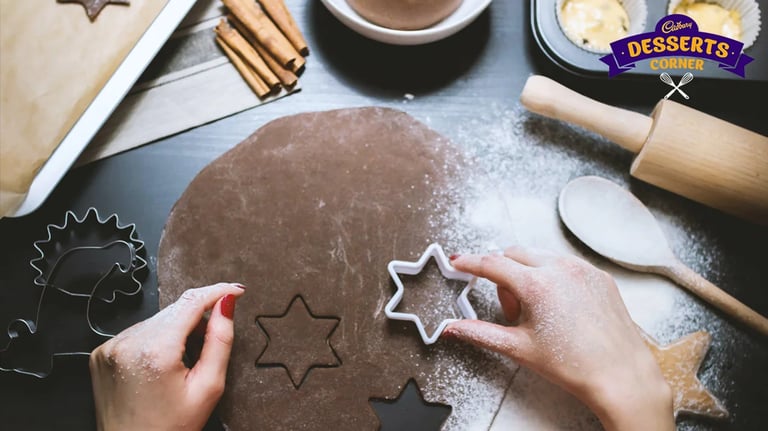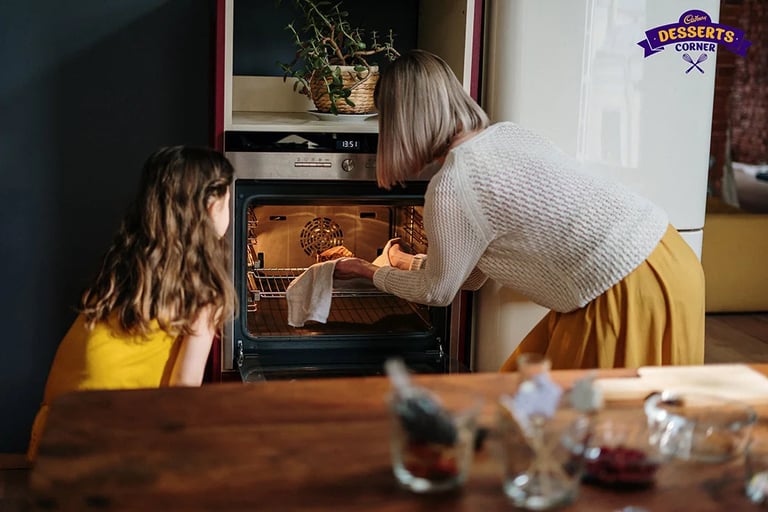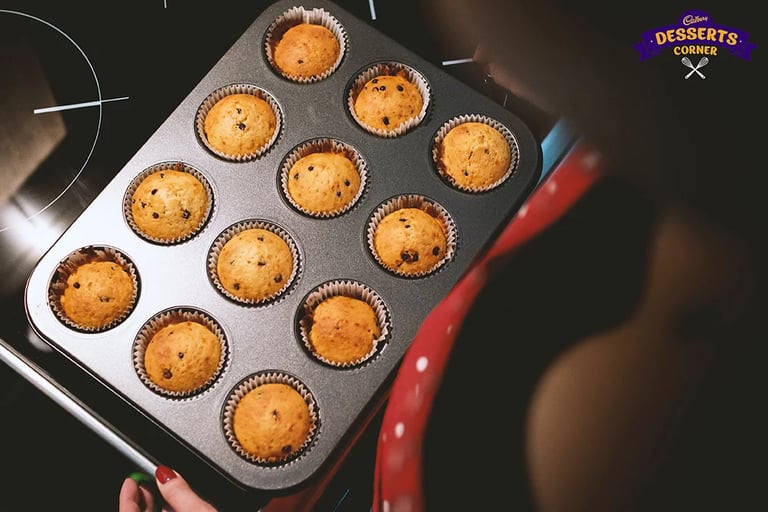Home![]() Articles
Articles![]() How To Decide What Bakeware To Invest In: A Beginner’s Guide
How To Decide What Bakeware To Invest In: A Beginner’s Guide
Elevate your baking game with the right pans — even if you’re on a budget.

Baking pans and tins are currently available in a wide range of sizes, forms, variations, costs, and other features. To be sure, selecting the best one is a difficult process. So, today we're going to go over the basic types of baking pans. These baking pans should be a kitchen staple since they produce the best results. Remember that while there are now an infinite number of tins and pans available, the different sizes and forms serve different functions.
BAKING PANS - BASED ON SHAPES
Baking pans come in an infinite variety of forms. But, for the time being, let's stick to the fundamentals.

1. THE CIRCLE (ROUND CAKE PAN)
A circular tin is the most popular form of baking pan. They are used to make spherical pastries, the most common of which are obviously cakes. Round tins are quite popular all over the world because they assist in dispersing heat very evenly. This component enables your cake to cook fully and quickly. As a result, they save time as well! Plus, unlike square or rectangle cakes, you don't have to worry about flawless edges when it comes to decorating. Round baking pans are also available in a variety of heights. You can get many cake layers out of a deeper round tin! If you are a newbie, you should start with a 6-inch or a 7-inch round baking tin.
2. SQUARE BAKING PANS
A square tin is a must-have baking tin that is most typically used for brownies. You may also create chocolate fudge or no-bake bars using them. Because they are equal on both sides, they enable you to have well-proportioned amounts of whatever you use them for. If you are a novice, the best size is 8X8 inches or 9X9 inches.
3. RECTANGULAR PAN
The sole distinction between a rectangle and a square tin is its size. They end up providing the same function. As a result, if you're just starting out as a beginning baker on a budget, bake in a rectangular tin rather than a square baking pan. You may then experiment with them as you progress. Rectangular baking pans may also be used to make sheet cakes or Swiss rolls. That is when they are quite useful!
4. THE BUNDT CAKE PAN
The main reason to acquire or invest in a Bundt cake pan is to make your sweets seem lovely! The center of a Bundt cake pan protrudes. This implies that your cake will have a central hole. All bundt cake pans differ in the final cake design depending on the type of bundt cake pan you choose — with a bigger protruding middle or with a different edge design.
5. THE LOAF TIN
It goes without saying that the loaf tin allows you to make a cake that looks like a loaf of bread. Ideal for some lovely banana bread, and certainly, for bread and even babka, a loaf tin is a must-have if you're just starting off! A small baking tin, such as a loaf tin, will come in handy for all your tea cakes and trials in which you may be testing out a recipe! The perfect size is approximately 26 x 13.5 x 6.5 cm, or any loaf baking tin that yields 150 grams.
6. THE MUFFIN TIN
A standard muffin tray contains around six to eight dents for your muffins. Do not believe that a muffin tray can just make muffins and cupcakes. A muffin tin comes in handy for anything from small cakes to cheesecake cups and even no-bake nibbles! If you're just starting out, a tiny muffin tin with 6 dents is a good place to start. Please also ensure that you have some muffin liners on hand.
7. THE TART TIN
Tart tins, of course, are used for tarts and pies. To make de-molding your tarts easier, choose a tart tin with a detachable base. It cannot be reversed onto a dish, as with cakes.
BAKING PANS - BASED ON MATERIAL
You wouldn't believe the variety of baking tin materials in the market nowadays. This section will focus on the most popular types: aluminum baking tins, nonstick baking pans, silicone tins, and glass dishes.

1. ALUMINUM BAKING PANS
Aluminum is the most often used baking tin material in India. It's inexpensive, long-lasting, and simple to use. Because it is not a nonstick substance, it is critical to thoroughly grease the tin. It also transmits heat extremely effectively due to its metallic composition, allowing for uniform heating and baking of your dish. If you are a novice seeking to purchase a baking pan, an aluminum baking pan is a wonderful option! Look for a medium-weight tin to make it last even longer. It is widely used, even by experts!
2. NON-STICK BAKING PANS
Nonstick cake pans are also an excellent choice. Nonstick baking pans are most likely to come with your new microwave or oven/OTG. On the interior, they normally have a gray or black covering. Even nonstick baking pans need to be greased before adding the batter. The release is superior to that of aluminum. Please bear in mind that they will be significantly more expensive than an aluminum baking pan, and that a low-quality nonstick baking pan will be the worst investment.
A nonstick baking pan is not advised for a novice since it requires special maintenance. This is something that most newcomers are unaware of. Because these tins have a nonstick coating that may also be readily removed, beginners should start with an aluminum tin.
3. SILICONE BAKING PANS
Silicone-based bakeware has fundamentally transformed the baking business. While silicone spatulas are a must-have in most kitchens and bakeries, silicone baking molds are not. Silicone will come in useful if you enjoy entremets and other frozen treats. However, this is not always the case. The material is good; sometimes no grease is required, and silicone molds aid in quick unmolding. However, because they are not efficient heat conductors, they frequently disappoint. They're great for non-baking treats like fudge, granola bars, and more.
4. GLASS BAKING PANS
Glass baking pans are quite well-known and extremely useful when it comes to creating pies and no-bake sweets! However, baking in a glass dish is, to say the least, risky. Glass baking tins do not conduct heat as efficiently as metallic or steel baking tins. This obvious truth must be remembered, especially while baking in a microwave. Desserts such as brownies cannot be baked in a glass dish since the heat is only coming from above. In general, it is better to be safe than sorry, and the best bet when it comes to baking is to avoid using glass plates.
HONORABLE MENTION: REMOVABLE BASE BAKING PANS
Removable tins are ideal for cheesecakes and mousses. Some detachable base baking tins include a lever on the side that aids in adjusting, releasing, and freezing your base. Others just feature a detachable base that you can easily press to release your dessert. It makes the release of any dish you bake in it a breeze.






















